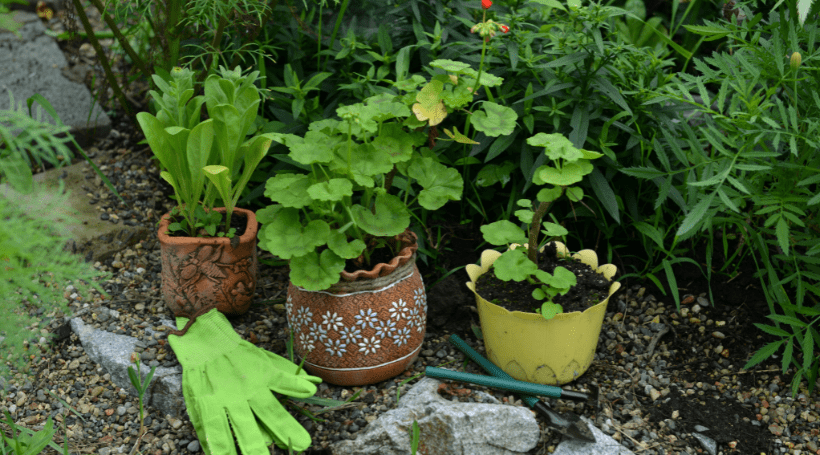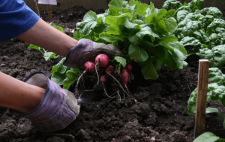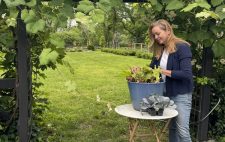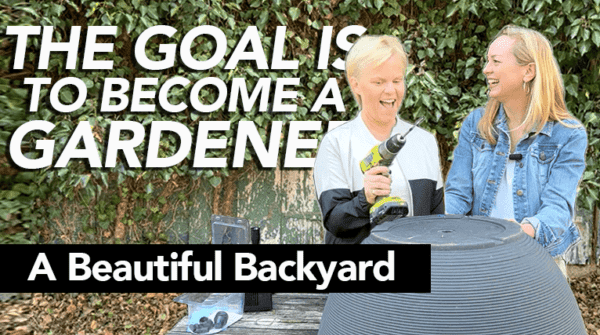Welcome fellow gardeners! (And if you’re here because you thought this was an article about planting pot…welcome also – and sorry to disappoint.) This season, we’re diversifying our gardens by adding some new containers, and SJ Mag’s resident gardener Toni Farmer is luckily here to give us all her tips.
Water like your life depends on it (cause your plant’s does)
Planting in a pot isn’t a “set it up and leave it” kind of activity. In fact, it can be even harder than planting in your soil, and that’s thanks to good old H2O. “Things that you’re growing in a pot won’t have access to groundwater, so you really have to stay on top of watering,” Farmer says. “You’ll be watering at least once a day – unless it’s overcast and cool – and sometimes even twice a day when we have the summer heat.”
Farmer urges gardeners to get their hands dirty when it comes to pot planting. As in, stick your fingers about 3 inches into your pot soil to see that it’s soaked through. If it’s not, time to water. But don’t worry, she also has tips for the best way to water in this case.
“Have you ever started to water dry soil and seen the water bead on top instead of soaking in?” says Farmer. “That’s because dry soil is hydrophobic. So you’re going to water your potted soil and then walk away to let it soak and let the soil start to absorb it for about 20 minutes. Then come back and water it again to make sure the water really soaks in.”
Choose the right crops
Not every plant is going to find a happy home in a pot – and there’s no point in trying to force it. The general rule of thumb is to avoid anything that is planted in bulk, says Farmer, like wheat. Corn is also a no-go (it needs a lot of room). But everything else gets the green light – or green thumb.
They’re not just for small spaces
If you’ve ever wanted to get into gardening, but didn’t have the room in your backyard, planting in a pot can be a much-needed solution. But that doesn’t mean pot planting is only for small spaces, says Farmer.
“Mixing in pots with your raised beds can be really great for aesthetics,” says Farmer. “And it’s also great if you don’t have a lot of sunlight in your backyard, because you can move your pot throughout the day to follow the sun. There are even some pots with wheels to make it easier.”
Get familiar with worms
Here’s the thing about potting soil (what you’ll fill your pots with) – it’s missing out on some of those hearty nutrients and resistance that the soil in your raised beds have from years of gardening. But there’s a quick way around that. Farmer suggests adding in a cup or 2 of soil from your garden to inoculate your potting mix.
Then there’s the worms.
“Drop a few earthworms to help with your soil’s health and act as a fertilizer.” she says. “They’re not hard to find, just dig a bit in the ground and grab some to add to your pot.”












